Brain Toxicity and Anabolic Steroids
Is Your Steroid Cycle Toxic to the Brain?
There is no debate that there are deleterious effects of using supraphysiological dosages of testosterone. More well know is the inherent risk for dyslipidemia, hypertension, left ventricular hypertrophy all leading to symphony of cardiovascular disease. The heart is extremely important for the obvious reasons, but so is the brain. I know it seems nice to live in denial about all these negatives, but if you make a choice to take up this lifestyle you need to be aware, so you can limit your risks.
We are yet to even see the peak effects of steroid usage on the brain in the elderly. Steroids came to usage in the 1960’s and 70’s. Usage at that time was too much lesser degree and the athletes in that time are just now getting into their later years. Steroid use presently is at an all-time high of abuse. Athletes 50 years ago weren’t running one gram of trenbolone per week. Present day AAS users in their 20’s and 30’s won’t see these effects for decades to come. The research isn’t present in humans for ethical reasons, but also steroids are still relatively young in comparison for the time course of degenerative brain disease to occur. This is why I think this topic is so important to educate yourself on.
Let’s investigate how steroids impact the brain with a review paper covering mechanisms and effects, then make some practical takeaways.
Study:
“Supraphysiologic-dose anabolic-androgenic steroid use: a risk factor for dementia?” Kaufman et al 2019.
Summary points:
Cognitive Decline
Chronic supraphysiological steroid usage is associated with partial memory impairments much similar to those found in people with Alzheimer Disease (AD) and Related Dementias (ADRD). A study of 18-30-year-old steroid users have been seen to have memory and executive function deficits.
In rodents given nandrolone, stanozolol or testosterone led to impaired memory and task deficits in as short as 4-6 weeks.
However, hypogonadism also leads to similar impairments as those taking supraphysiological dosages of steroids.
Beta-amyloid Accumulation
β-amyloid (Aβ) is a protein that we normal produce and eliminate from the brain. If accumulated in the brain and if not eliminated can form plaques that led to decline in cognitive function via apoptosis (brain cell death). Aβ levels are seen higher in those with AD and ADRD.
Long term AAS use has seen changes in the amygdala of the brain and cortical thinning, which ironically is also the area where we see the earliest increase in Aβ levels increasing.
We have limited data on supraphysiological dosages and Aβ levels in humans. However, in rodents one shot of 5mg/kg of trenbolone induces rapid increases in Aβ. This would be like a 220lb male injecting 500mg of trenbolone.
On the other end of the spectrum, therapeutic castrating men substantially increasing Aβ level and can double the risk of AD withing 4 years.
Estrogen may have a protective role in neurotoxicity inhibiting Aβ via enhancing NRf2 activity. In brain cultures exposed to testosterone with or without an aromatase inhibitor the testosterone with the low estrogen environment was neurotoxic.
AAS users also have a much greater incidence of sleep disturbance and this is seen in dosages as low as 250-500mg of testosterone per week. This disturbance in sleep quality and duration has been linked to increase in Aβ concentrations. Several enzymes important in Aβ elimination are decreased in AAS usage.
Oxidative Stress
Systemic oxidative stress is another large culprit in a host of pathologies we see in steroid users. One shot of 500mg of testosterone enanthate in health men can decrease urine total antioxidant capacity, indicating systemic oxidation.
There are numerous studies showing varying compounds (testosterone, winstrol, nandrolone, anadrol, boldenone) all causing oxidative stress in a number of tissues (brain, liver, kidneys, heart, blood, testes).
A certain degree of oxidative stress in normal, but in excess reactive oxygen species can damage components of cells and decrease its function or even cause apoptosis.
Summary:
Overall that is a lot of negatives on the brain for long term AAS use with supraphysiological levels. However, testosterone and estrogen within physiological norms appear to be neuroprotective as we see hypogonadism increases the risk for cognitive decline.
Practical Takeaway
- Limit Supraphysiological dosage of AAS as much as possible.
- Spend time at true physiological normal testosterone and estrogen levels
- Aromatase inhibition may suppress estrogen levels too low and eliminate the neuroprotective benefits of estrogen.
- Use of oral AAS can lead to greater oxidative stress load
- Dividing AAS dosage into smaller more frequent administrations than larger less frequent administrations, may result in more stable serum androgen levels.
- The researchers suggest N-acetyl Cysteine as an antioxidant to limit oxidative stress and Sulphoraphane (found high amount is broccoli sprouts) as a nutraceutical that may decrease A- Aβ levels.
Big Brains Make the Big Gains!
John Jewett MS RD IFBB Pro
Reference:
Kaufman MJ, Kanayama G, Hudson JI, Pope HG Jr. Supraphysiologic-dose anabolic-androgenic steroid use: A risk factor for dementia? Neurosci Biobehav Rev. 2019 May;100:180-207. doi: 10.1016/j.neubiorev.2019.02.014. Epub 2019 Feb 25. PMID: 30817935; PMCID: PMC6451684.






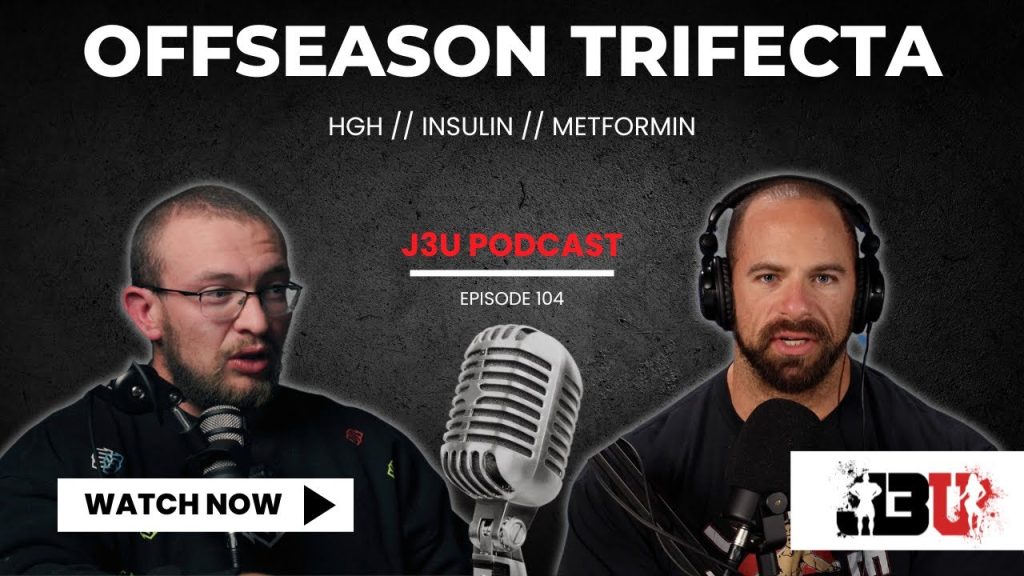
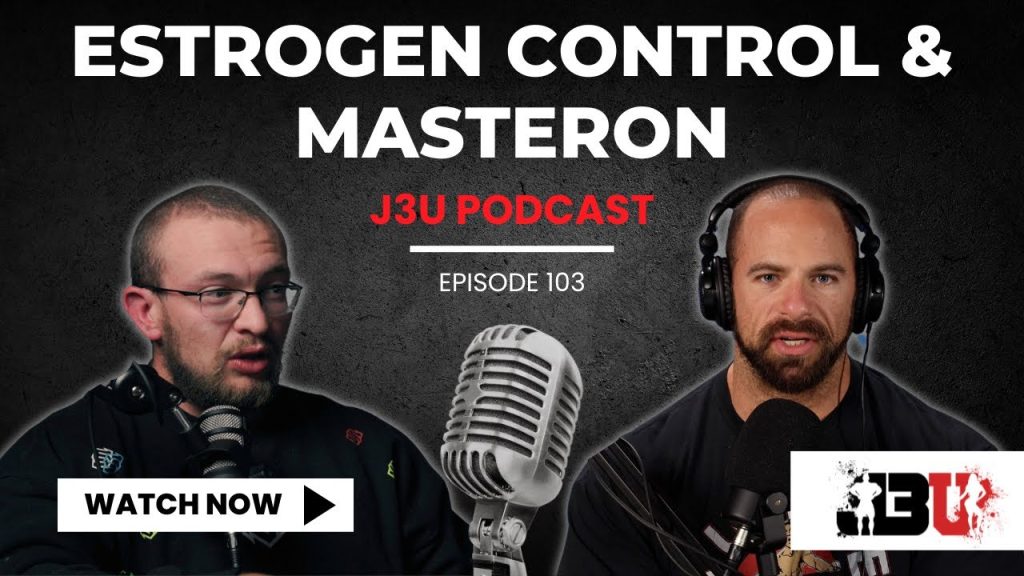
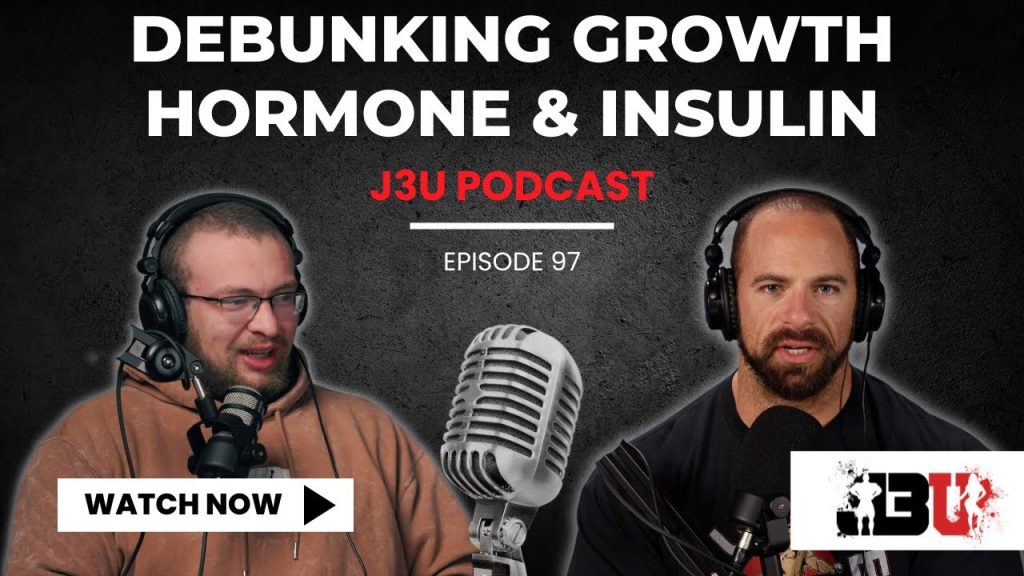


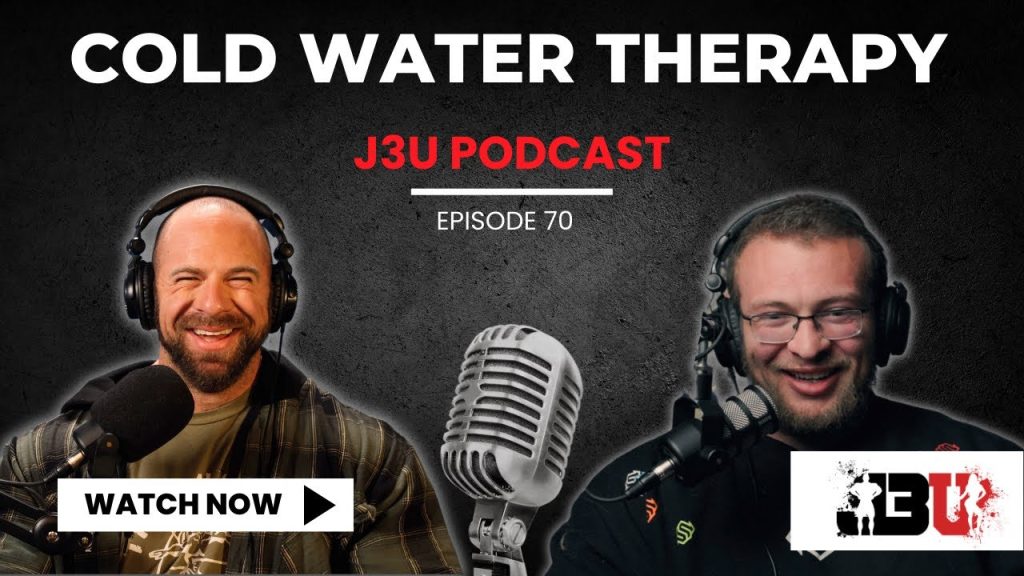


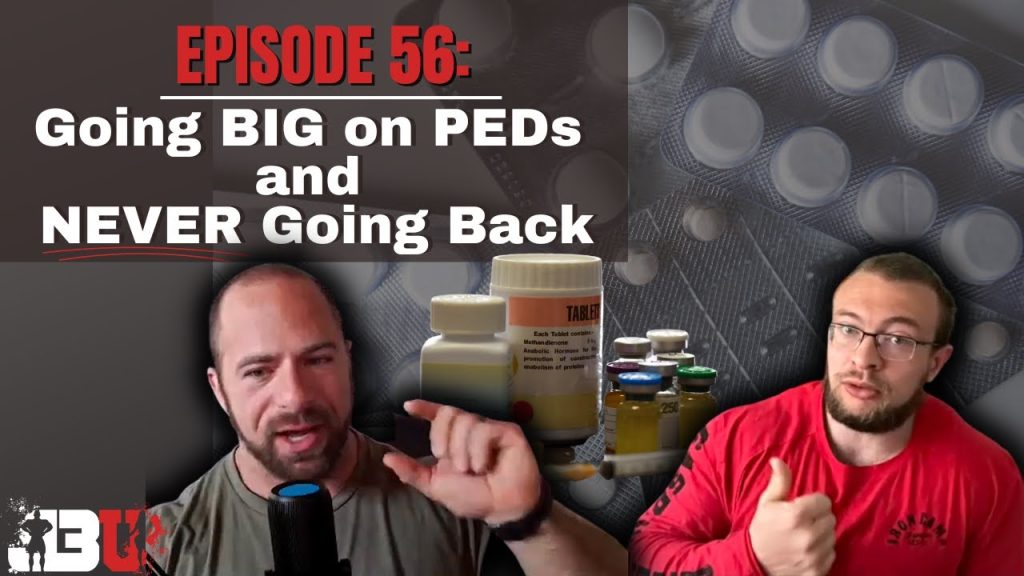
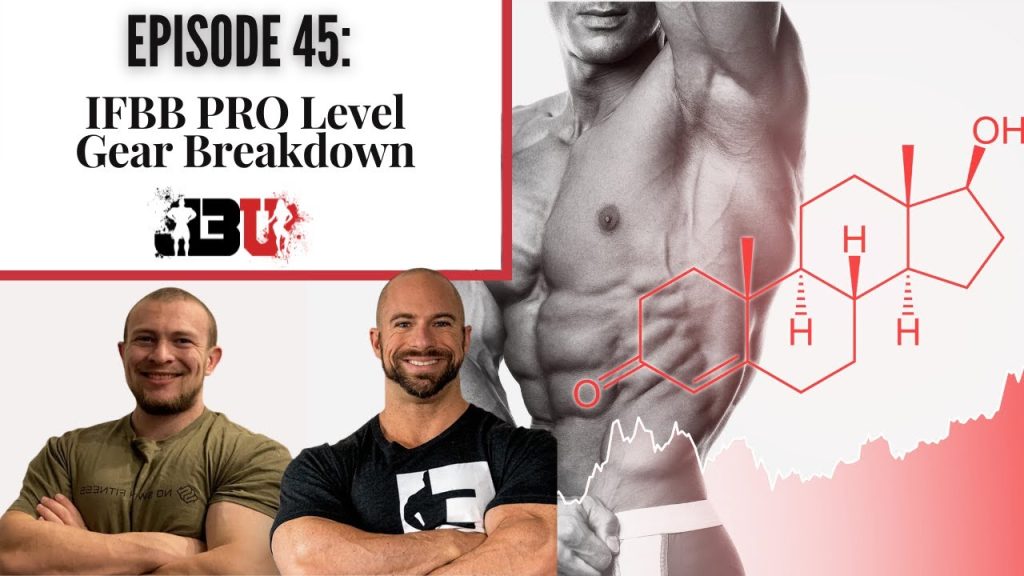
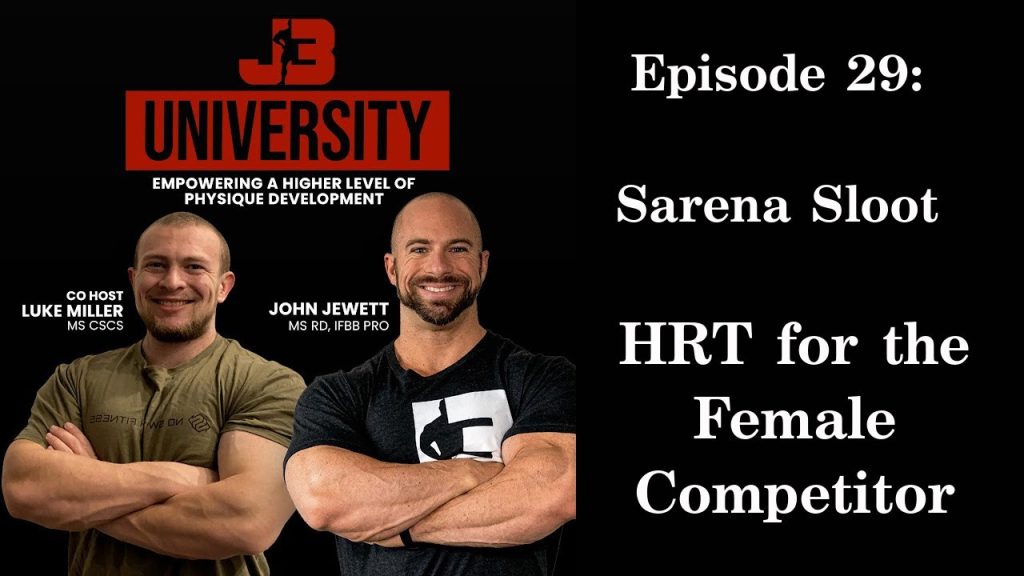
Responses